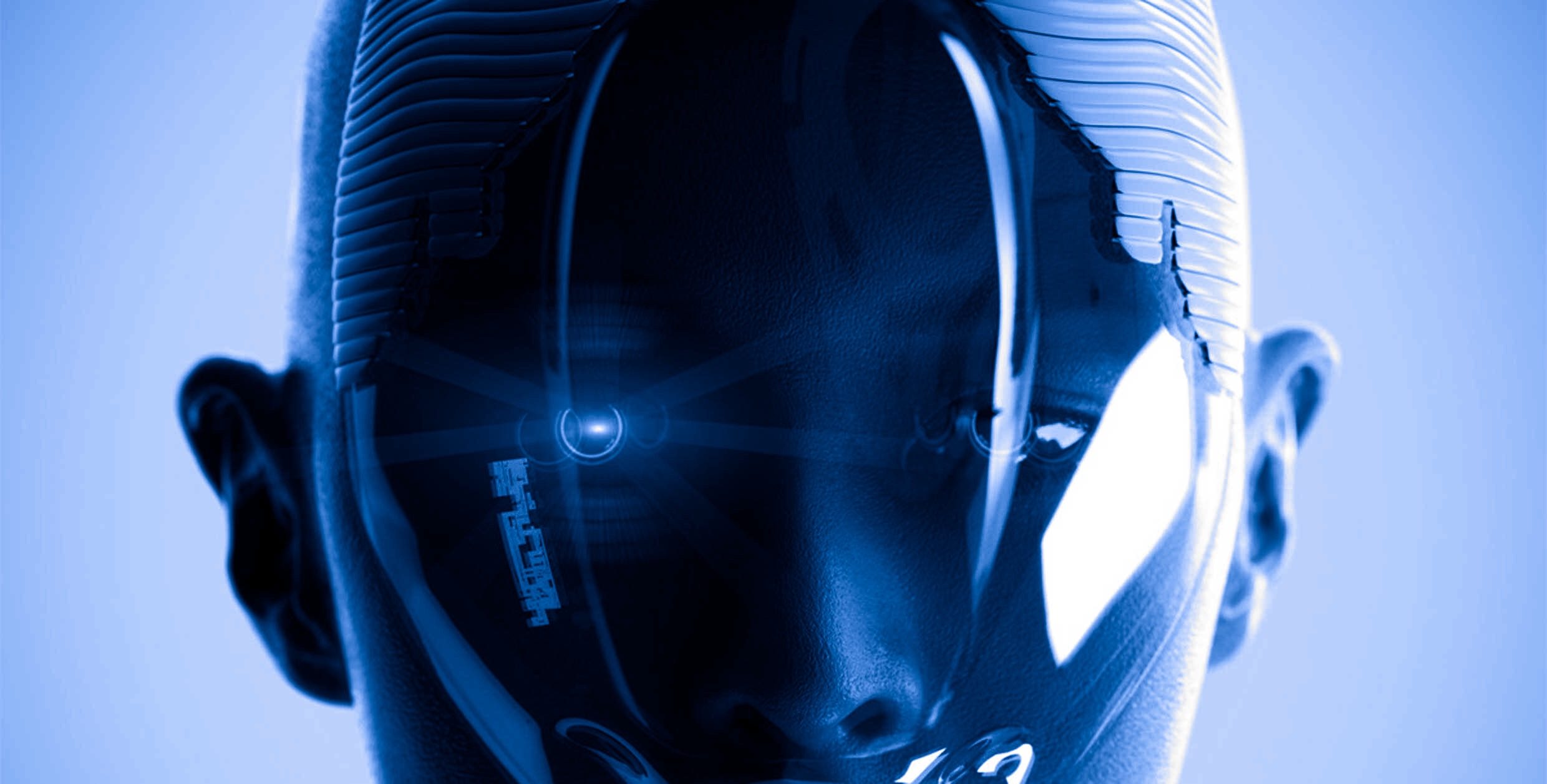Yesterday, Elon Musk brought us one step closer to connecting our brains to the internet, announcing the updates to his brain-computer interface company – Neuralink. I remember getting carried away with Neuralink about 16 months ago when I made a video raving over possible use cases.
It’s just one of those inventions that will make your mind wander. Either conjuring up dystopian images of rogue superhumans and mass mind control. Or imagining the positive possibilities of downloading languages directly to one’s brain and giving sight back to the blind.
But in the words of Mark Twain, “Get your facts first, and then you can distort them as much as you please.”
So, here are the facts we know so far about Neuralink (from The Verge, Bloomberg, and Wired).
The Current Facts:
Neural Lace
- Their first big advance is flexible “threads,” which are less likely to damage the brain than the materials currently used in brain-machine interfaces. These threads also create the possibility of transferring a higher volume of data.
- The threads are 4 to 6 μm in width – considerably thinner than a human hair.
- The system (neural lace) could include as many as 3,072 electrodes per array distributed across 96 threads.
- Developed a custom chip that is better able to read, clean up, and amplify signals from the brain. Right now, it can only transmit data via a wired connection using USB-C.
Robosurgeon
- Cross between an advanced sewing machine and a microscope.
- Lenses and computer vision software help the robot avoid hitting blood vessels, reducing damage to the brain and formation of scar tissue.
- Capable of inserting six threads (192 electrodes) per minute.
Animal Trials
- Has performed at least 19 surgeries on animals with its robots and successfully placed the wires (threads) about 87% of the time.
- Rat subject moved around a large rectangular plastic cage filled with wood shavings and Parmesan cheese. A wire attached to a USB-C port in its head transmitted its thoughts to a nearby computer.
- Amount of data being gathered from the rat was about 10 times greater than what today’s most powerful sensors can collect.
- Musk stunned the audience by confirming that Neuralink has worked with primates.
Other Notables
- $150 million in investment with a 100-person startup largely in materials, neurology, and robotics.
- Darpa has been funding brain-computer interface work since the 1970s.
- In 2017 DARPA handed out $65 million to build a “brain modem” that could connect with a million neurons.
Future Facts?
- First human trial in Q2 2020, pending FDA approval, will give quadraplegic patient ability to control computers and smartphones with their thoughts.
- A wireless neural lace will be embodied in a product that Neuralink calls the “N1 sensor,” designed to be embedded inside a human body.
- Operation is as seamless as Lasik Eye Surgery.
- Three-pronged human approach: a state-of-the-art tool for understanding the brain, a clinical advance for people with neurological disorders, or the next step in human evolution.
During our Digital Hangout of the event last night, a few community members brought up some notable points we’d like to highlight:
I’ve talked to brain researchers who are building this. You will “think” about having an extra hand in a video game, for instance, and one will appear. Or “think” about sending an email and one will show up and will let you think about the content to send then “think” about sending it.
Robert Scoble
The resolution of reading the brain isn’t very good right now. It’s like where Autopilot was a few years ago.
Robert elaborated further by offering up some of the mental dexterity we’ll need to exist in a world overrun by Neuralink:
I asked a brain researcher how you could hide some thoughts from such a device. She said “the only way is if you are advanced at martial arts.” Turns out the training you get there is what it takes to compartmentalized your brain enough to keep your thoughts out of the device, once it’s attached to your brain.
Additionally, a friend of ours named Matt who operates an electric moped company (and was on a Digital Hangout with us) had an interesting thought about the situation as a whole:
Imagine if the public sector [government] proposed this idea… there would be riots in the streets. Yet, suddenly Elon Musk gets a pass because it’s the private sector and he’s the best thing since sliced bread.
Just because it has been invented, doesn’t mean that consumers will want it.
To close it out, Elon Musk did have this to say, which should assuage your worries:
All this will occur I think quite slowly. It’s not as if Neuralink will suddenly have this incredible neural lace and take over people’s brains. It will take a long time.
So, don’t lose sleep over this. Please!
